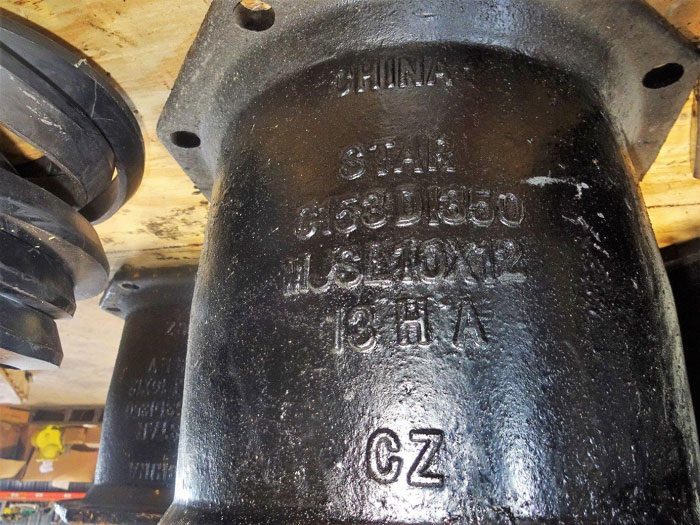When it comes to connecting metal components, two popular options are welded joints and bolted joints. Both methods have their advantages and considerations, but the question remains: Are welded joints stronger than bolted joints? In this blog post, we will delve into the intricacies of these joint types, exploring their strengths, limitations, and the factors that influence their overall strength. By understanding the nuances of welded and bolted joints, you can make informed decisions when selecting the most suitable joint for your specific application.
- Understanding Welded Joints:
Welded joints involve the fusion of metal components through the application of heat and pressure. This process creates a strong and continuous joint, eliminating the need for additional fasteners. Welded joints offer several advantages, including:
- Strength: Welded joints can provide high strength, as the fusion of metals creates a continuous connection with no weak points.
- Fatigue Resistance: Welded joints distribute stress evenly across the joint, reducing the risk of fatigue failure.
- Aesthetics: Welded joints can provide a seamless appearance, making them suitable for applications where aesthetics are important.
- Understanding Bolted Joints:
Bolted joints, on the other hand, involve the use of bolts, nuts, and washers to secure two or more components together. Bolted joints offer the following advantages:
- Disassembly: Bolted joints allow for easy disassembly and reassembly, making them suitable for applications that require frequent maintenance or adjustments.
- Flexibility: Bolted joints offer flexibility in terms of alignment and positioning during assembly, allowing for precise adjustments.
- Cost: Bolted joints can be more cost-effective than welding, as they require fewer specialized tools and equipment.
- Strength Comparison:
Determining whether welded joints are stronger than bolted joints depends on various factors:
- Load Distribution: Welded joints distribute loads more evenly across the joint, reducing stress concentrations. This can result in higher overall strength compared to bolted joints, which may experience localized stress concentrations around the bolt holes.
- Material Compatibility: The strength of a joint also depends on the compatibility of the materials being joined. Welding allows for the fusion of similar or dissimilar metals, providing a strong bond. Bolted joints, on the other hand, rely on the strength of the bolts and the clamping force applied.
- Design Considerations: Proper design and engineering of both welded and bolted joints are crucial for achieving optimal strength. Factors such as joint geometry, material thickness, and reinforcement techniques can significantly impact the strength of the joint.
- Application Considerations:
The choice between welded and bolted joints depends on the specific application requirements:
- Welded joints are commonly used in structural applications where maximum strength and rigidity are essential, such as bridges, buildings, and heavy machinery.
- Bolted joints are preferred in applications that require disassembly, adjustments, or where the use of heat may be detrimental to the components, such as in the automotive industry.
Conclusion:
In the battle of strength between welded joints and bolted joints, there is no definitive winner. The strength of a joint depends on various factors, including load distribution, material compatibility, and design considerations. Welded joints offer high strength, fatigue resistance, and seamless aesthetics, while bolted joints provide flexibility, ease of disassembly, and cost-effectiveness. By understanding the strengths and limitations of each joint type, engineers and designers can make informed decisions to ensure the structural integrity and performance of their projects.

